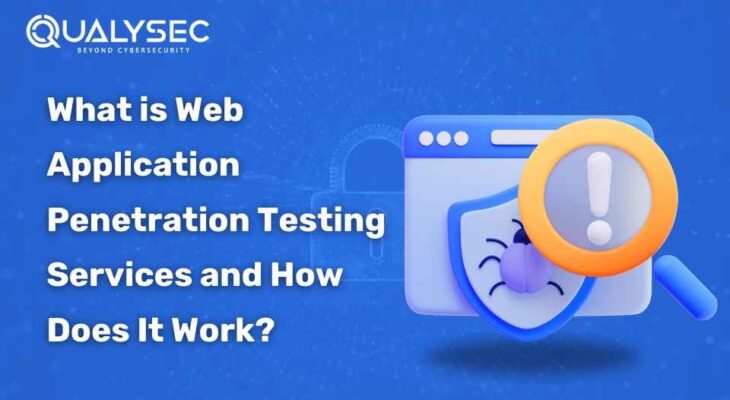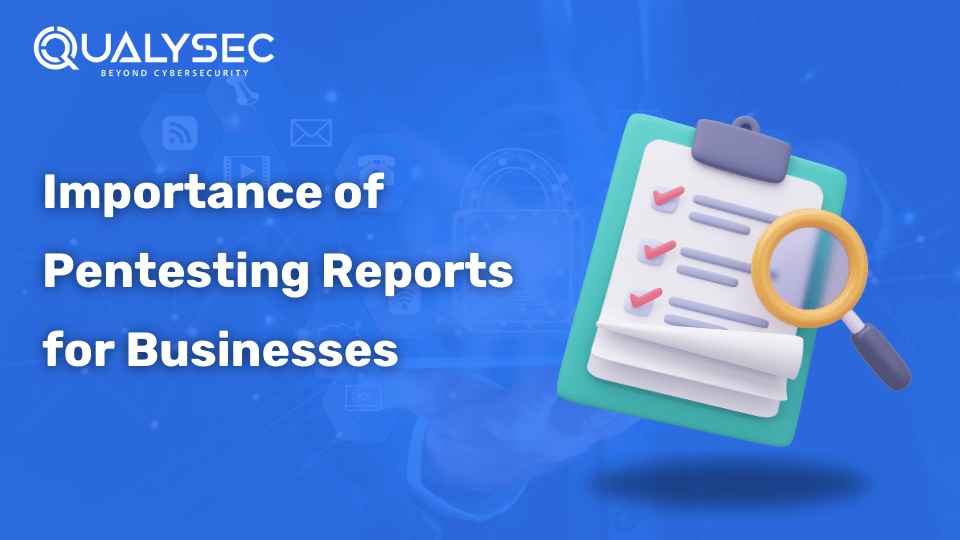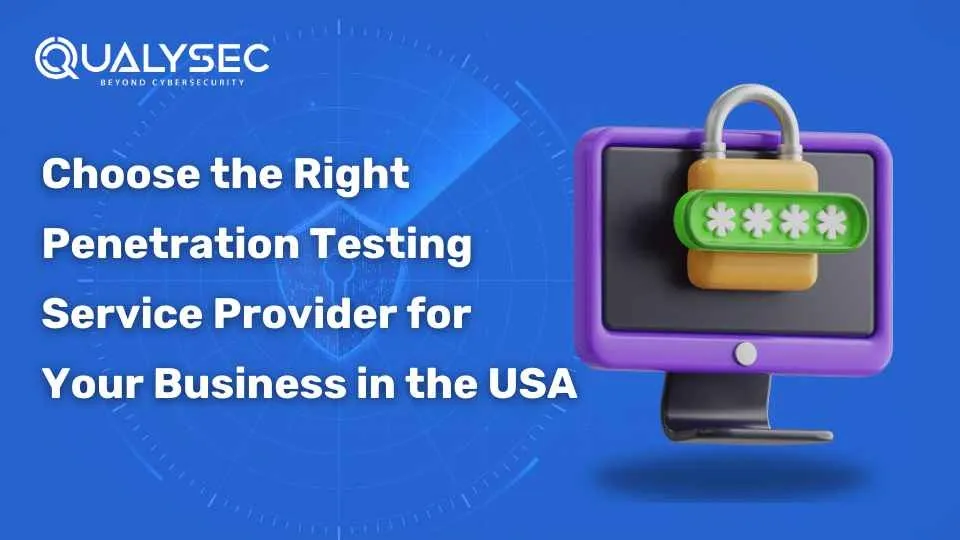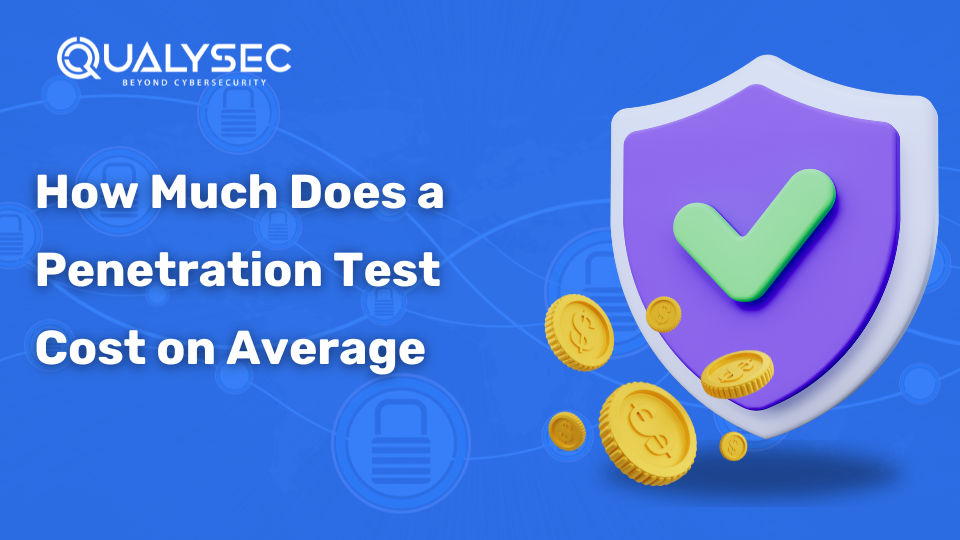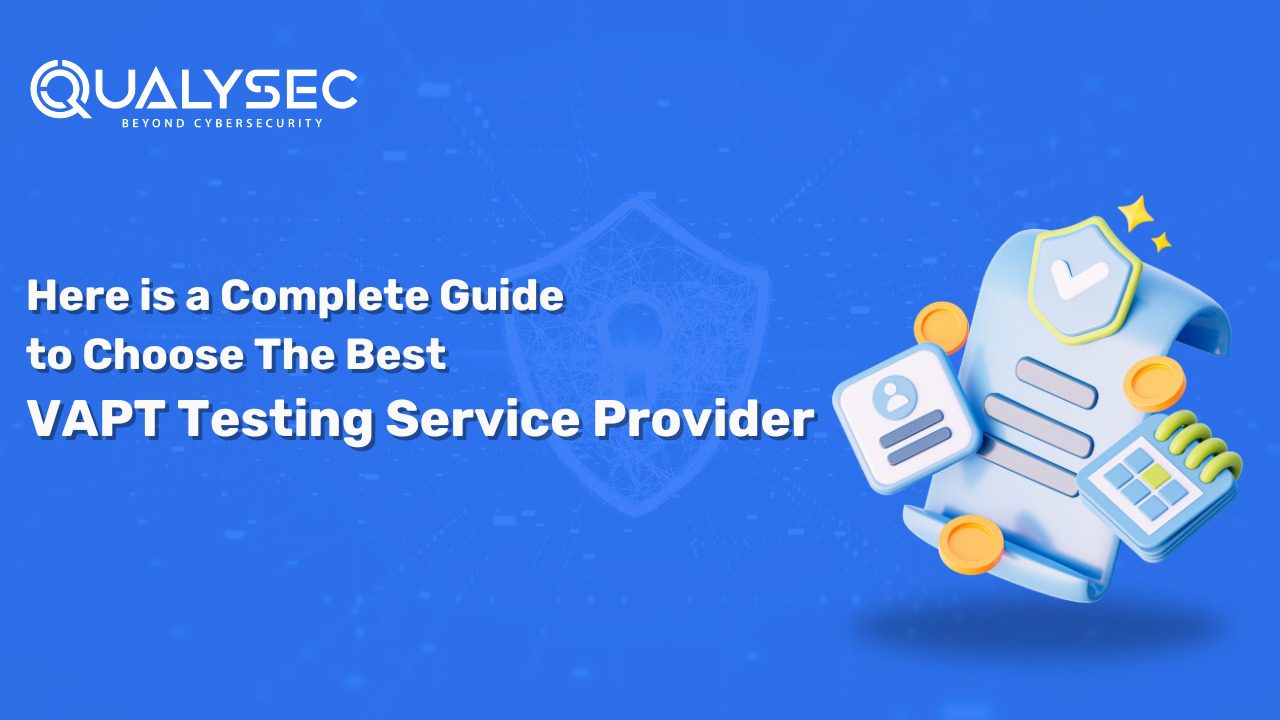Application Security Audit: A Complete Guide in 2024
Table of Contents Application security audit help businesses discover vulnerabilities in their web and mobile applications that need fixing. Applications are the most used digital items for any IT industry. Since it is directly connected with the users, they are the main target of attackers. Hackers are trying new ways to breach applications every day, which
Read More

